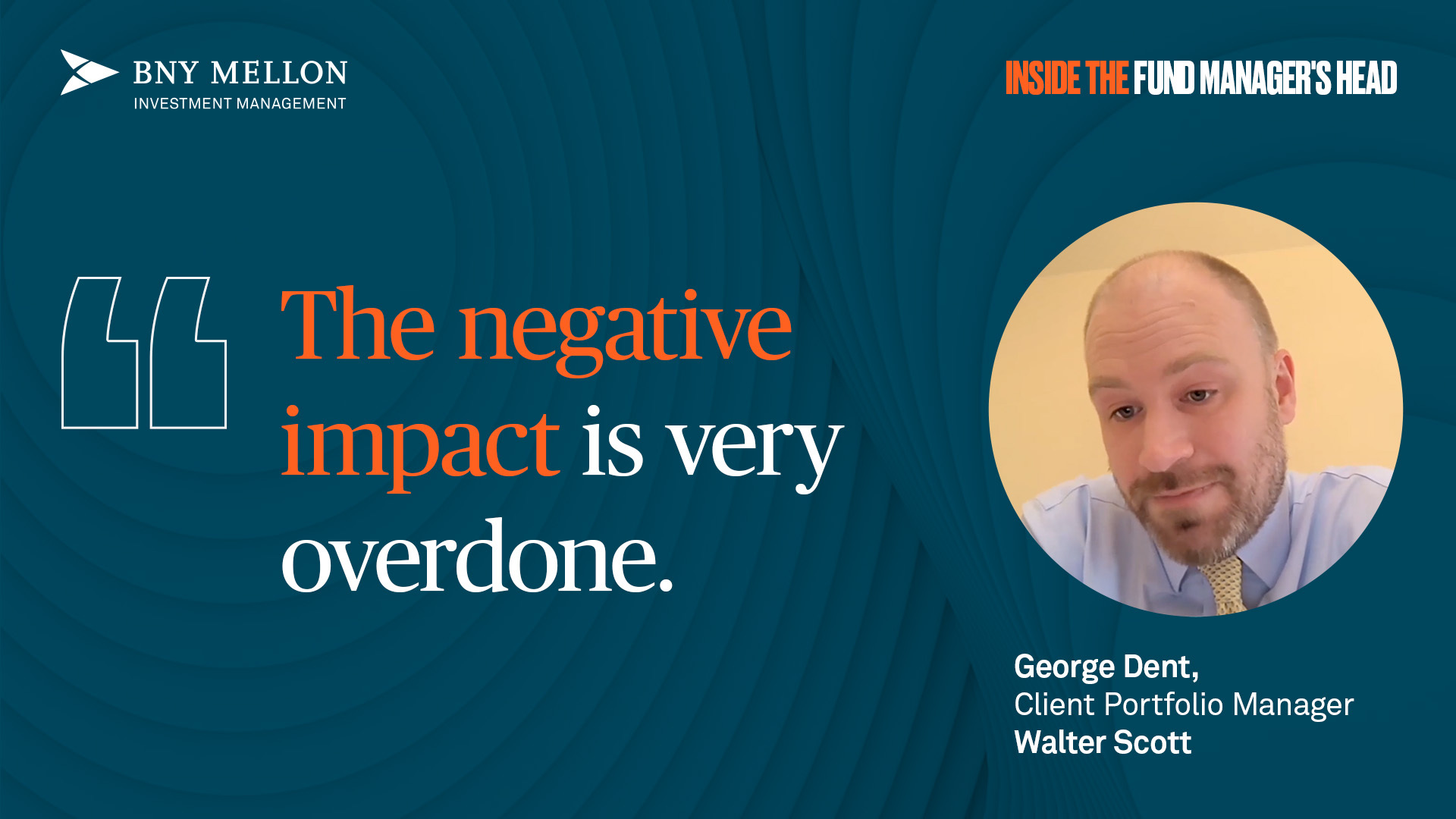There will be plenty more opportunities for fixed income investors in the coming 12 months, according to John Pattullo (pictured). 
The FE Alpha Manager, who is head of retail fixed income at Henderson and manages a number of funds, says that 2015 so far has required an immense amount of patience and selectivity from bond investors and that, compared to this time last year, he is more positive on the future of fixed income markets.
Bonds have had a particularly torrid time this year with many positioning for an extended bear market in asset class given the historically low yields on offer and the impending interest rate hikes from the Federal Reserve.
Bonds have also lost their ‘safe haven’ status as a result of ultra-loose monetary policy causing the performance of bonds and equities to converge, and as such, many investors have turned to alternative assets or absolute return strategies for asset diversification instead.
Performance of sectors vs index in 2015

Source: FE Analytics
However, Pattullo says investors can afford to be more bullish on fixed income.
“We are, on the whole, more positive and believe that we should be able to achieve a higher return next year,” he said.
“In relative terms, our portfolios have performed well so far in 2015. As we approach 2016, higher bond yields (higher compensation for default risks) are on offer compared with the same time last year. We also expect to see better value emerging and more interesting credits in the market. Hence, we believe that there is more opportunity in the forthcoming 12 months.”
He does admit, however, that investors are presented with an unusual market landscape. According to Pattullo, this has left behind a legacy of lessons for investors to take on board, including accepting where we are in the credit cycle.
“In the US, creditor unfriendly activities such as mergers and acquisitions, share buyback and special dividends paint a picture of late cycle behaviour in the industrial high yield sector,” he said.
Another lesson the manager says has become apparent is not to be short duration during a global growth slowdown, and that investors should also avoid late cycle trades to prevent seeking value where there isn’t any.
“Be conscious of investor positioning,” he added. “Quantitative easing policies have pushed investors en masse into similar trades; these herd-like positions have a habit of being periodically ‘washed out’, creating spikes in volatility.”
These themes led to Pattullo and his team running higher cash positions that could then be utilised when the right opportunity came along, which meant he was able to react quickly during these times of volatility and snap up attractively-valued bonds.
However, the spikes in the market also meant that the team declined a large number of assets due to issues surrounding too much leverage, not enough compensation for risk through yield and poor business quality.
While this limitation of choice deterred many investors this year, the star manager doesn’t believe that this will be the case going forwards.
Year-to-date, Pattullo has outperformed his peer group composite by 1.01 percentage points, returning 2.45 per cent.
Performance of manager vs composite in 2015

Source: FE Analytics
Out of the five funds and trusts he co-manages, the Henderson Diversified Income Limited trust has delivered the highest total return so far this year of 4.85 per cent, and has outperformed its peer average in the IT Global High Income sector by 1.06 percentage points.
While the manager has delivered decent returns in this year’s market environment, he expects new themes to take over fixed income investment in 2016.
One theme that he says will remain dominant though is the relative attractiveness of European debt given the huge amount of stimulus being pumped into the region.
“European corporates remain more conservative and less levered than their US counterparts and selected industrial high yield names are attractive,” he continued.
“Europe appears to offer some good opportunities and should be supported by the accommodative monetary policy being pursued by the European Central Bank, which should hold interest rates low in Europe for some time.”
The second theme that he believes is likely to shape the asset class is the continued re-regulation of the banking industry, which he says has resulted in much healthier banks in the likes of the UK, Switzerland and the US.
“It is an interesting theme, which is independent of the credit and the industrial cycles referred to earlier,” Pattullo added.
Despite the potential changes in market conditions going forward, the manager says he will continue to adopt the same strategy of sensible lending to large, non-cyclical businesses as he says they usually have reliable earnings and not too much debt on their balance sheets.
“This gives them the ability to pay a reasonable coupon,” he explained. “This approach will continue to pay the carry (yield), which has always been a core part of our strategy, and will be going forward.”
Henderson Diversified Income Limited is trading on a 3.5 per cent premium, is 16 per cent geared and currently yields 5.6 per cent. It has an ongoing charge of 2.01 per cent, which includes a performance fee.






